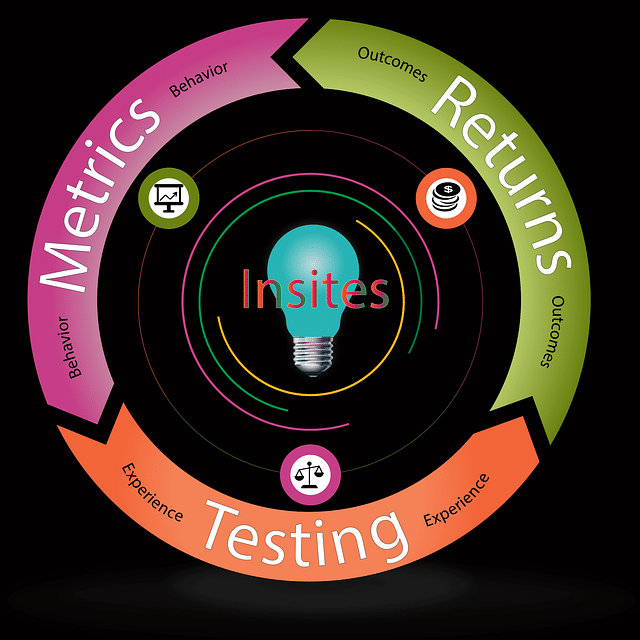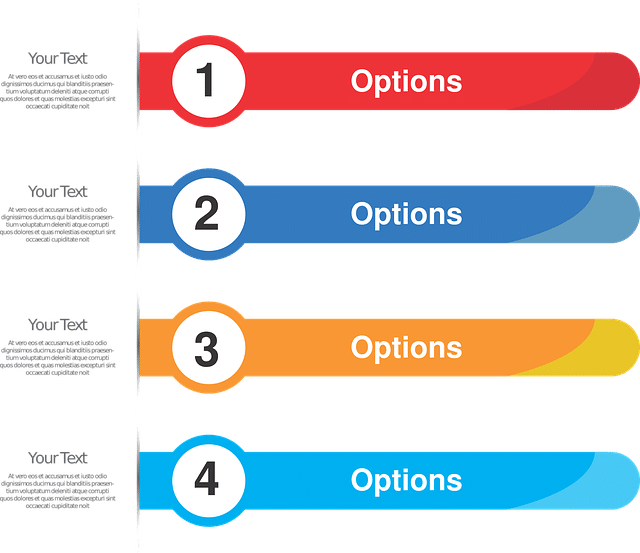What Are Infographics?
February 26, 2021
Infographics are visual representations of quantitative and qualitative data and other types of information. Infographics provide clear and easy-to-understand formats that enhance an audience’s ability to grasp patterns and trends in a topic.
Infographics are highly visual. As such, they contain minimal text. Mainly, images are attached to numerical data to facilitate comprehension of large or complex data sets.
Their aim is to engage the target audience by providing interesting and useful facts. Because of this, opinions are not commonly represented in infographics.
Infographics may be standalone documents or part of a larger document. Infographics can also summarize an entire document, thereby facilitating its distribution and readability.

Uses of Infographics
Infographics have the following uses:
- Provide a quick and easy summary.
- Facilitate complex processes.
- Visually present research information or survey data.
- Sum up a long text.
- Compare and contrast analyses.
- Generate awareness on a topic or issue.

Types of Infographics
- Thematic. Used to raise awareness of an issue or topic.
- Reference. Used to present data from research or to support claims.
Governments commonly use infographics to provide information, while companies often use them as a sales and marketing tool.
Parts of an Infographic
While there is no specific format for infographics, they contain the following parts:
- Visual elements (colors and graphics)
- Content (data and other information)
- Key Points (main takeaway)
Often, a simple statement summarizes the main takeaway of the infographic. Nevertheless, the main focus of the infographic is the presentation of data. Interesting color schemes and layouts serve to highlight the data and facilitate comprehension.































